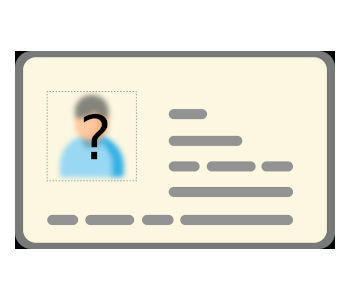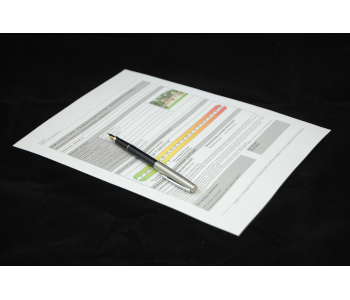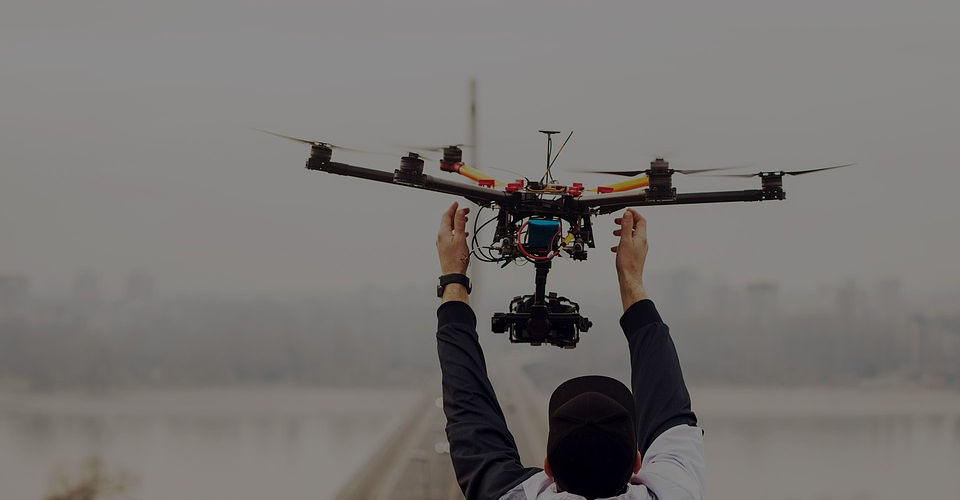Can a Foreigner Fly a Drone in the US?
The FAA is pretty strict about who gets to fly a drone in the US airspace, as well as where and when they can fly. Right now, there’s a laundry list of guidelines, restrictions, and regulations that a drone pilot needs to follow to make sure that they are not violating any laws when they fly their drones. This isn’t a knock on the FAA – with so many drones flying around in national airspace, these rules have become a necessity.
For a foreigner coming into the US, the premise of having to fly a drone legally seems overwhelming. After all, the expectation is that they will need to secure more authorizations than a US resident. Those expectations are well-founded. If you are a foreigner who wants to fly a drone in US airspace, how do you go about doing it? Is it all possible to fly a drone commercially as a foreigner?
Flying a drone recreationally
If you only intend to fly your drone for fun or for capturing photos of your vacation with no intent to sell them, then getting authorized to do so is actually pretty simple.
1. Review your qualifications

To qualify for drone registration, you simply need to be at least 13 years of and have a valid email address. You will need to provide a mailing address (your foreign address will do) and a credit or debit card to pay the $5 registration fee. Your drone also needs to weigh between 0.55 and 55 lbs. In other words, you only need the same requirements as any US citizen.
2. Register your drone
Registration of your drone will proceed in the standard manner. In FAA’s DroneZone website, make sure that you are registering your drone as a model aircraft under Section 336. The requirements for recreation drone registration are much more lenient even for a visiting non-US citizen. Instead of treating it as a US aircraft registration, the registration will act only as a recognition of ownership. Essentially, the registration only serves to tie the drone to your identity.
3. Mark your drone
As with any other registered drone, you need to mark your drone’s exterior surface with the drone registration number. The number needs to be easily visible upon visual inspection and must be permanent. It can be as simple as jotting down the registration number using a permanent marker. You can also choose to have it engraved on the body of your drone if you’re feeling a bit fancy.
4. Follow operational restrictions
This might be challenging for a non-US citizen, so we suggest that you read up on the operating limitations for drone flight in US airspace. The most important rules to follow are: flying only within visual line-of-sight, flying only up to 400 feet altitude, and not flying over crowds or other public events.
5. Know where you can fly
Another thing you’ll need to read up on are the airspace classifications and other places where drone flight is prohibited. If you are not familiar with your immediate surroundings, then it’s worth your time to check for nearby airports, government buildings, national parks, communications infrastructure, or military installations.
If that much knowledge feels overwhelming, you can always simplify the matter by consulting a mobile app such as B4UFLY or Hover. It will only take a quick check on either mobile app to determine if you are inside a no-fly zone. If you happen to be inside a restricted area, you probably won’t get a waiver as a non-US citizen. Your best bet would be to drive to some place where there are no flight restrictions so you can fly around without worrying that you are breaking laws.
6. Make sure you only fly for fun
Since you registered your drone for recreational use, make sure that you stay within the bounds of recreational drone flight. Aerial photos taken by drones in a recreational flight cannot be sold or used as advertising for a business. The FAA isn’t likely to seek charges, especially if you are already outside of the country, but your drone registration can be very easily revoked, preventing you from flying a drone in US airspace ever again.
Flying a drone commercially
If you want to fly a drone in US airspace commercially, you’ll have to go through a long and complicated process littered with paperwork.
1. Get an Economic Authority from the Department of Transportation

Commercial drone-based services offered by a foreign entity fall under the umbrella of charter operations, or aircraft operations where the cost of the entire capacity is carried by a sole charterer. Having satisfied this condition, a foreigner who wants to provide a commercial drone-based service may apply for an authorization under 14 CFR Part 375.
The application involves sending a letter to DOT representatives detailing the nature of the activity, your country of citizenship, the type of drone you will use, and other personal details. The application letter may be sent by email. The FAA recommends that you apply at least 15 days in advance of the proposed operation, although the approval process can extend up to 30 days. For more details, you may check the DOT’s page on foreign carriers under the header 14 CFR Part 375.
There are a few, very selective exceptions to securing an economic authority from the DOT. These exceptions only apply if you are a Canadian or Mexican national who intends to offer certain agricultural or industrial drone-based services. These are covered by the North American Free Trade Agreement (NAFTA) and are referred to as Specialty Air Services (SAS). The blanket foreign permit for such services includes both manned aircraft and drone operations. Any other operations not covered by the NAFTA will likely require an economic authority.
2. Get your drone registered (or something equivalent)
If your home country has a system for drone registration, you can cite the registration number in your application letter to the DOT. If you are granted a foreign aircraft permit, then this should be enough for your drone to be as good as “registered.”
What if your drone is not registered in your home country? There are no clear processes for this type of circumstance. Your best bet would be to get in touch with the DOT Foreign Carrier Licensing Division.
3. Follow Part 107 rules
As they say, just do what the Romans do. All US citizens flying their drones commercially are required to fly under the operational limitations of the Part 107 rules. These are basically stricter versions of the flight restrictions for model aircraft on recreational flight.
On top of the rules for model aircraft, flying under Part 107 rules restricts you from flying at night, or from a moving vehicle. You will also need to report any drone-related accidents to the FAA if they resulted in heavy property damage or personal injury. The FAA may also require you, at any time, to present your drone or any flight records to them for their inspection.

PART 107 Made Easy
- 161 Question and Answer Study Guide
- 105 pages of illustrated content
- Covers all parts of the Part 107 test
- $97 of value for free
4. Get a drone license or fly with a licensed drone pilot
All commercial drone pilots in the US are required to get a remote pilot certificate, or a Part 107 drone license. This involves passing a Part 107 knowledge test, a 60-item multiple choice test that covers various realms of knowledge related to drone flight. The FAA currently does not recognize any foreign drone pilot registration, so it won’t do you much good even if you are a registered drone pilot in your home country.
What’s a foreigner to do then? You have two alternatives. A visiting foreigner has the option of taking the knowledge test and getting a Part 107 drone license. However, we’re not sure that you would want to spend your vacation studying online courses and taking sample questions and then spending a few more weeks waiting for your certificate to be released.
A more practical option is to fly your drone under the supervision of a Part 107-licensed drone pilot. There are hundreds of thousands of them out there, so you should be able to find one near you. This is allowed under Part 107.12. Just make sure that the Part 107-licensed pilot can take control of the flight in your stead at any point. You can also choose to have the Part 107-licensed pilot conduct the intended operations.
Final thoughts
With drone flight getting regulated in a lot of parts of the world, taking your drone on your vacation sounds more logistically-complicated than fun. If you’re a foreigner visiting the US and you only intend to fly your drone recreationally, then you only need to register your drone with the FAA using the same process as any other US citizen. This is great if you just want to document your vacation through aerial photos with no intention of selling them.
However, things get much more complicated if you’re going to do business in the US with your drone. If this is your plan, then we suggest that you work on getting the required authorizations more than a month before your intended operations. It’s going to be long an tedious, but just chalk it up to business as usual.



Hi,
Does the FAA registration can only be completed online using a United States based computer (for recreational/fun operation)?
Cf: https://amablog.modelaircraft.org/amagov/2016/06/20/faa-non-citizen-registration/